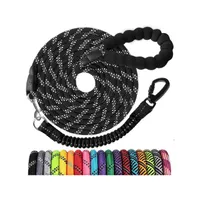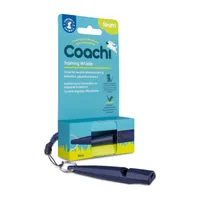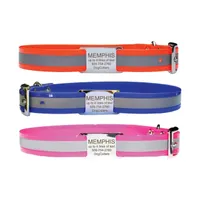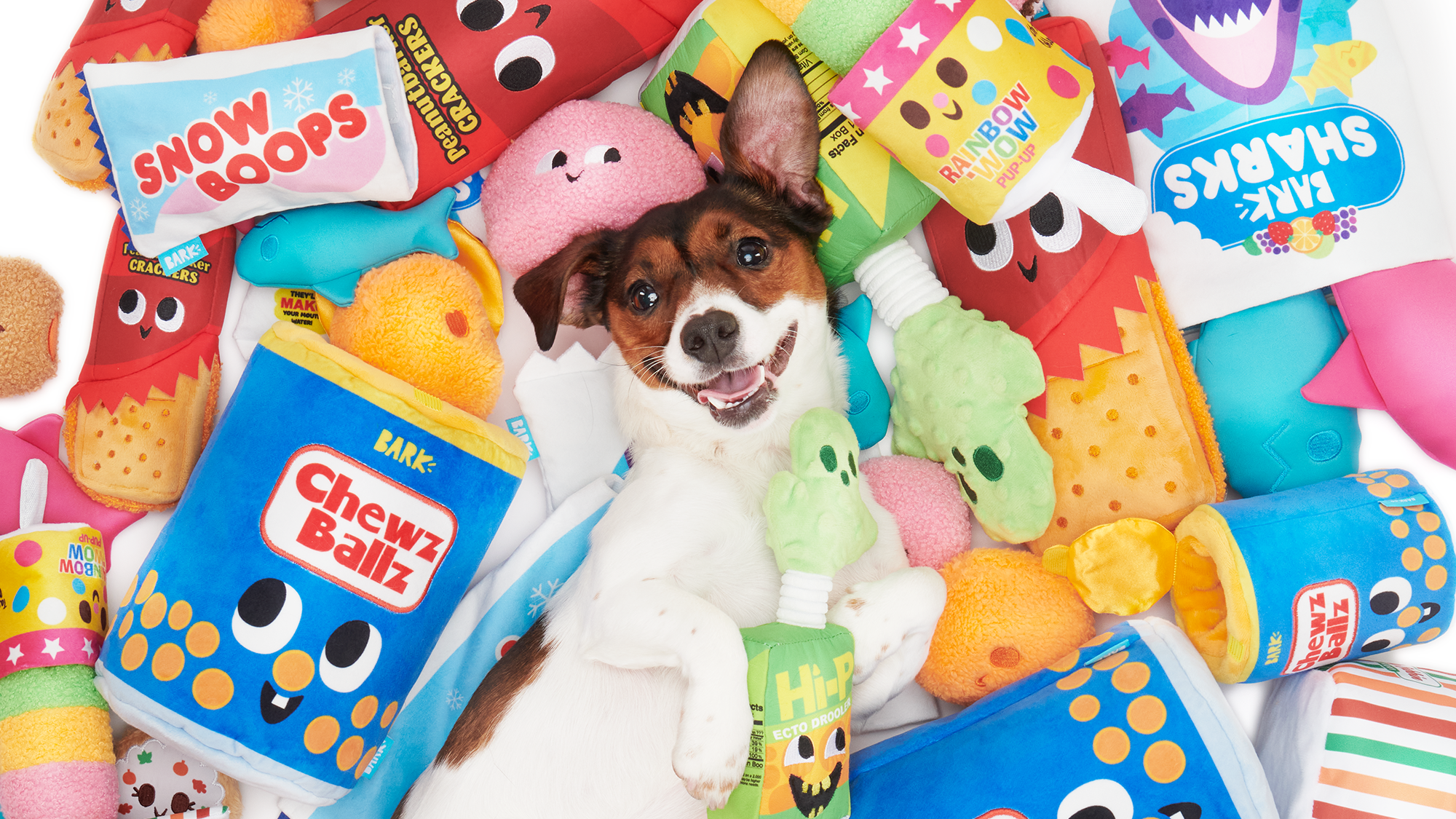Expert reveals 5 things you need to nail your dog's recall training
Want to master your dog's recall? Here's everything you need to get started!
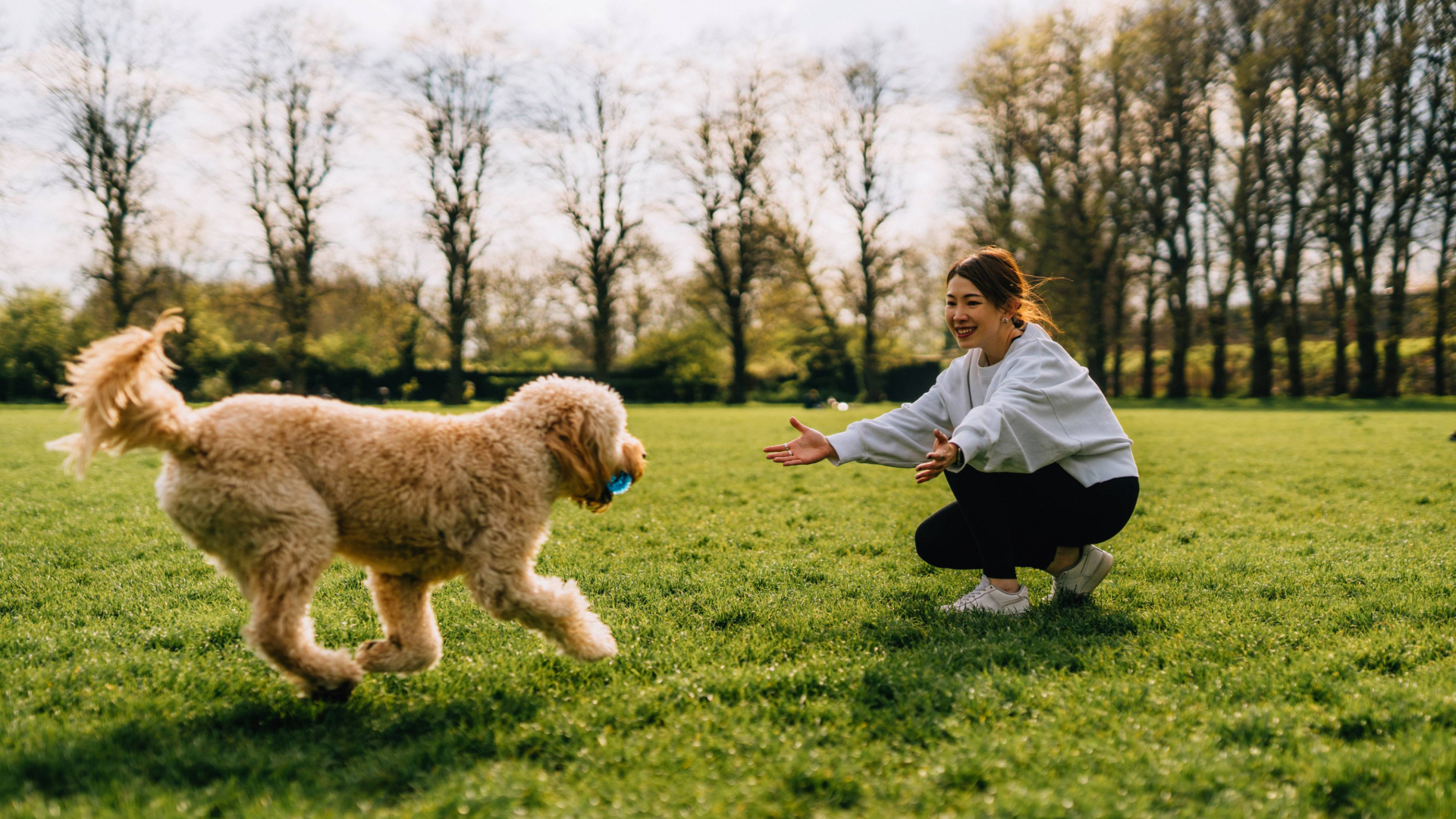
Recall is one of the most important things you will ever teach your dog. Not only can it prevent them from running into traffic or getting into trouble with other animals, but it also ensures they won’t run after a wild animal and go missing.
If you’re at the beginning of your recall training journey (or just want some extra advice), we’ve shared six essential products that will make the process easier, recommended by dog behaviorist Ingrid Grayling and vet Dr Rebecca MacMillan.
Having the right tools will go a long way – whether you need to locate your dog using the best pet tracker or want to reinforce their good behavior with a packet of the best dog treats. We’ve put together a simple checklist for you to follow, along with some valuable recall training tips.
Recall training essentials
Here’s everything you need to set up your recall training for success:
1. Long line
Before you commit to an off-leash walk, it's a good idea to get some practice with a long line first. As Dr MacMillan explains, this gives you time to practice your training and keep things under control while giving your dog a bit of freedom. If things don’t go to plan, you can always reel them in again.
Ingrid recommends choosing a long line about 10 feet in length, which strikes the perfect balance between control and freedom.
She says: "I personally like to use a solid rope with a secure clip on one end to attach to the dog’s collar – it’s simple, effective, and gives both you and your dog the freedom to build confidence at a comfortable distance. A good training line is an essential tool when establishing reliable recall, especially in the early stages."
Get the best advice, tips and top tech for your beloved Pets
10 Foot Reflective Long Leash | Amazon
With a reflective design to keep your dog safe and a shock-absorbing handle that’s comfortable to hold, this long leash is an essential for every pup parent. It comes in 24 different colors and features a 360° swivel hook to prevent your dog’s collar from twisting.
2. Whistle
If you’ve never tried whistle training for dogs, it’s well worth giving it a go. Dr MacMillan explains that because our voice can vary depending on energy levels and mood, a whistle can be a great alternative – it provides a consistent sound your dog learns to respond to.
She adds, "A whistle can also be helpful when multiple owners are training a dog. It sends a clear, concise, and consistent message to your pet."
Coachi Training Whistle | Amazon
This single-tone training whistle comes highly recommended by Ingrid, featuring a lightweight design and a reflective lanyard so it never goes missing.
3. High-value treats
It wouldn’t be a training session without a packet of dog treats, so make sure you have plenty on hand before you get started. Rewarding your dog for good behavior is a form of positive reinforcement and will make them more likely to act the same in the future if they think a tasty snack is on the cards!
Dr MacMillan says, "High-value treats are essential for your dog's recall training. You may need to work out what makes your dog tick, but firm favorites can include small pieces of cooked chicken, beef, or turkey, freeze-dried liver treats, and dehydrated fish-based snacks."
Pupford Training Dog Treats | Amazon
Containing less than one calorie per piece, these crunchy treats are ideal for training without causing weight gain. They're vet approved, come in eight different flavors, and contain limited ingredients that are gentle on sensitive stomachs.
4. Collar with ID tag
Make sure your dog is wearing a collar and ID tag whenever they’re in training – this will make things 100 times easier if they run off, as others will see they have a home and be able to contact you.
Dr MacMillan says: "And don’t forget to ensure your pet is microchipped and wears a collar with an ID tag, just in case they go walkabouts during their training session!"
Personalized Reflective Waterproof Dog Collar | Amazon
These customizable collars are reflective, waterproof, and dirt-resistant, and come in a range of colors and sizes. You can enter up to four lines of text, such as your name, number, and instructions for what to do if your dog is found.
5. Pet tracker
We recommend fitting your dog with a pet tracker, which will give you extra peace of mind if they decide to run off during training. These can be attached to their regular collar and will give you live updates about their whereabouts, as well as interesting health stats and alerts.
PitPat GPS Tracker for Dogs | Amazon
This tracker has unlimited satellite range and will show your dog’s precise location on a live map. Our tester Sophie found it accurate and easy to use, and confirmed that the design is waterproof. You won’t need to worry about any hidden costs, as it’s completely subscription-free (unlike many other models we’ve tried).
Top tips for teaching recall to dogs
Now that you've got all the gear, it's time to start your recall training! We asked Ingrid for her top tips for a successful session – here’s everything she recommends:
1. Use a training line
"This is my number one piece of advice. Choose a line around 10 feet long – this gives your dog enough freedom to move, while you stay in control. I prefer a solid rope with a secure clip that attaches to the collar. It’s simple, safe, and effective."
2. Dedicate a 10–14 day training period
"Consistency is key. Commit to working on recall daily for around two weeks. Start close, and gradually increase distance as your dog improves."
3. Build distance gradually
"On day one, stand about a foot and a half away from your door. Gently pull on the lead and encourage your dog to come to you – always reward them with plenty of praise when they do. Each day, take a small step further back.
“By the end of the 10–14 days, you’ll be using the full length of the lead, and ideally your dog will be returning to you without much prompting at all."
4. Understand the ‘why’:
If your dog isn’t coming back, it’s important to ask why. Is there a distracting scent? A squirrel they can’t ignore? Or are they nervous about leaving your side? Understanding the reason behind the behavior is just as important as the training itself."
5. Avoid one-size-fits-all methods:
Each dog is different. If you’re struggling with recall, I highly recommend reaching out to an experienced trainer who takes the time to get to know both you and your dog. A tailored, thoughtful approach will always lead to the best results."
Want more expert advice? Read the three biggest recall mistakes people make with their dogs (and how to avoid them) or I’m a dog behaviorist and these are my top tips for ‘bulletproof’ reliable recall
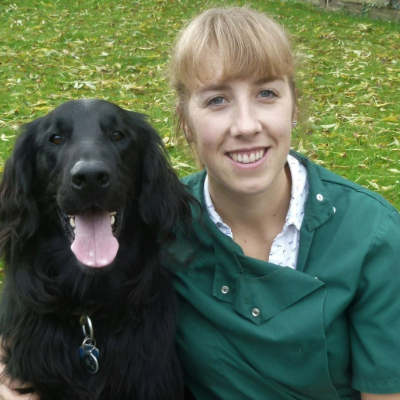
Rebecca is a veterinary surgeon who graduated from the Royal Veterinary College in London in 2009. She enjoys medicine in particular and she is proud to have achieved a BSAVA postgraduate certificate in small animal medicine (with commendation) from Nottingham Trent University in 2021.

Ingrid Grayling has spent over 35 years working with dogs, developing a calm, consistent and intuitive training style that reflects a lifetime of experience. Her journey began as a young girl helping out at local kennels and has since evolved to include running large boarding kennels and training centers in Lancashire and Cumbria.
Now based in Bovey Tracey in South Devon, Ingrid offers dog training and behavioral support across most of Devon and beyond. Her approach - known as Training the Ingrid Grayling Way - is built on decades of hands-on experience with dogs of all breeds and temperaments. With a deep-rooted passion for animal welfare, she brings a calm authority and genuine love of dogs to every session. Over the years, Ingrid has worked with a wide variety of clients, including some well-known names, and is known for her warm, no-nonsense approach and outstanding results.
Edited by Georgia Guerin and Alexis De Leaver.
This page was last updated in June 2025 by Megan Milstead.

Megan is a Staff Writer at PetsRadar, covering features, reviews, deals, and buying guides. She has a wealth of experience caring for animals, having grown up with dogs, cats, horses, guinea pigs, and more throughout her life. She studied BA Journalism at the University of Westminster, where she specialized in lifestyle journalism and was editor of Smoke Radio’s lifestyle website. Megan works alongside qualified vets and accredited trainers to ensure you get the best advice possible. She is passionate about finding accurate and helpful answers to your pet-related questions.
